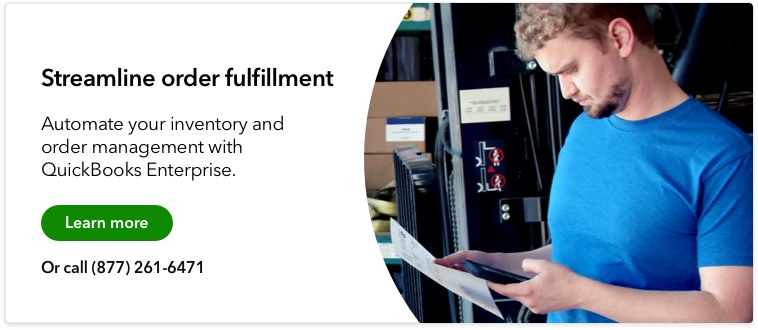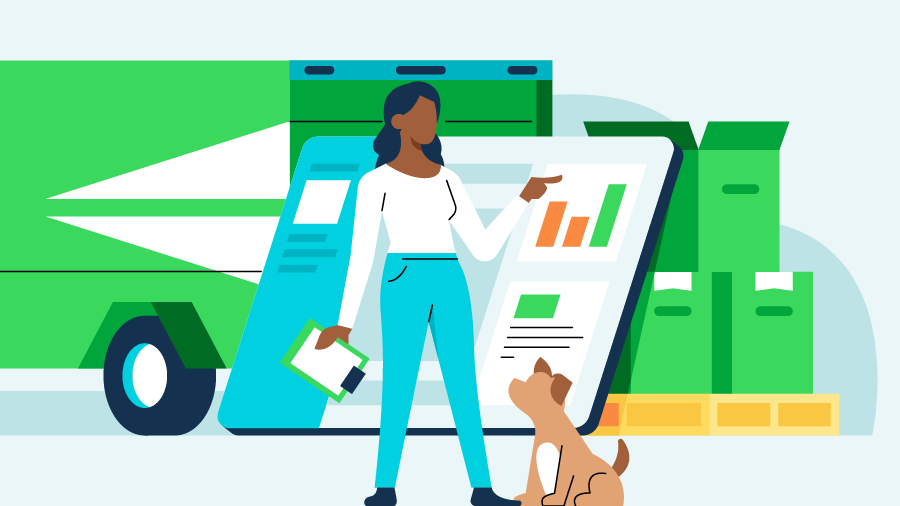How to measure the effectiveness of your order to cash process
In addition to serving as a guiding framework to build your order management process, O2C is an important metric to measure its effectiveness. By keeping track of your order to cash cycle times, you can develop company benchmarks to compare cycle times and optimize your business processes to achieve more favorable results.
Other metrics to measure the success of your order management process include the following:
Days inventory outstanding: Also known as days of sales inventory, this measures the average number of days a company holds inventory before selling it. There are industry-specific benchmarks you can use to measure your performance against competitors.
Days sales outstanding (DSO): This measures the average number of days it takes to collect payment on a completed sale. A lower ratio indicates a healthy O2C cycle, while a higher number suggests a clientele with credit issues or poor collection processes. This metric helps to identify your more reliable customers and prioritize them accordingly.
Order fill rate: Also referred to as demand satisfaction, this measures the percent of orders that can be filled immediately from available stock. This metric is closely tied to customer satisfaction and serves as a good indicator of how optimal your inventory levels are.
Perfect order rate: This metric considers several factors including order completeness, punctuality of delivery, condition upon arrival, and correct documentation. This metric also contributes to customer satisfaction and can help you earn repeat business and on-time payments.
Order Touches: This is a less conventional but no less useful metric. Companies like Hewlett Packard use this metric to gauge order fulfillment efficiency by literally measuring the number of times order items are “touched” during the picking and packing process. The data is then used to eliminate unnecessary activity.
In addition to your order to cash process, other processes fall under your company’s order management system. Let’s look at two critical related functions.












